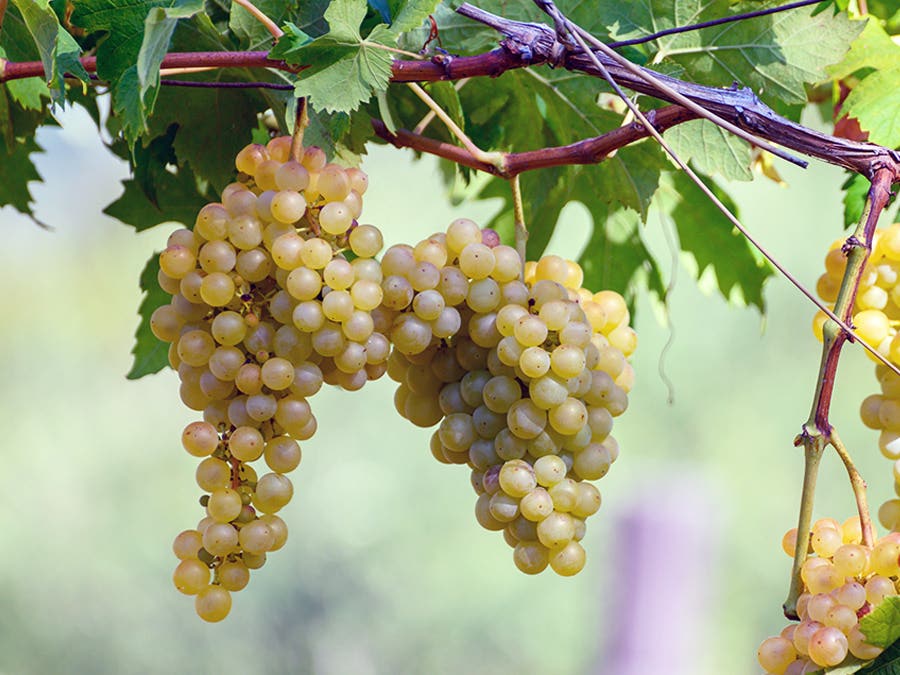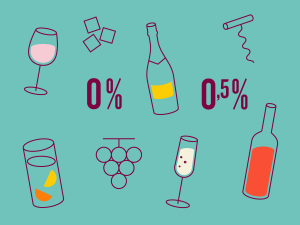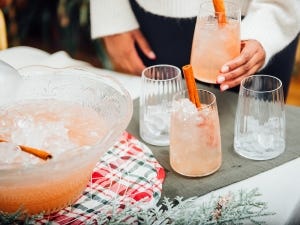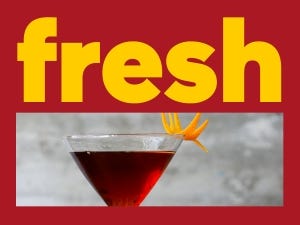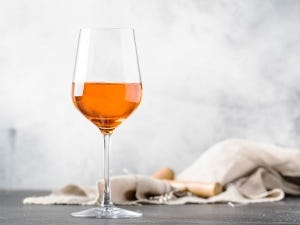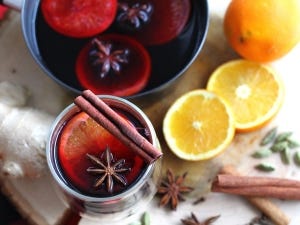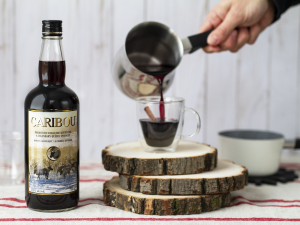Its evolution
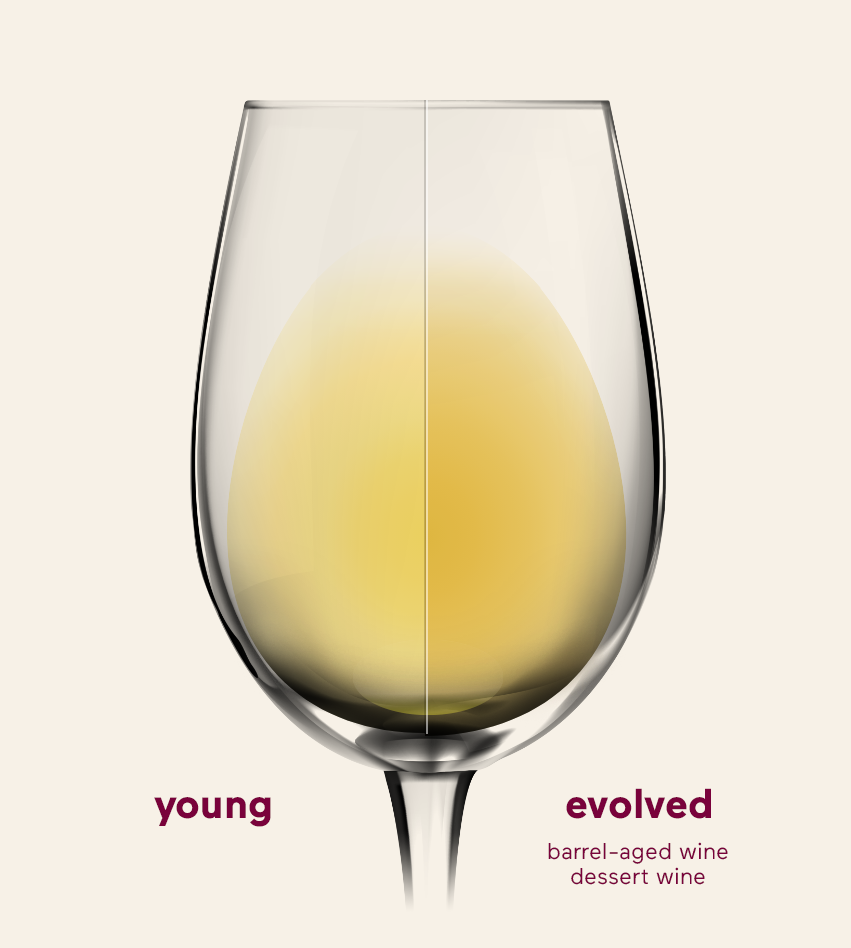

Did you know ?
It is the source of great dry whites (Savennières, Vouvray) and syrupy (Bonnezeaux, Coteaux-du-Layon, Quarts-de-Thatch) from the Loire Valley. Although the Loire is the birthplace of this grape variety, it is in South Africa that we find the most abundant plantation.
Chenin-blanc in all its forms


Colour
Depending on its age, its aging (in wood or not) as well as its dry, semi-dry or sweet style, its colour will oscillate between light straw yellow and strong golden nuances. Some sweet wines from a few decades will have an intense amber hue.


Nose
Fine and distinctive, it develops aromas of green apple and pear, and is often marked by great minerality (chalk). When vinified as a sweet wine, it is best known for its aromas of honey and fruit (peach, apricot, acacia, quince) enhanced with brioche and barley sugar.


Taste
Very lively, it is also characterized by a minerality giving the wine a thirst-quenching power. The aromas will be those perceived on olfaction and the ample texture will obviously be creamier if stirring (the action of resuspending the lees in the wine) is carried out during aging. For sweet wines, freshness and smoothness are combined with a tasty and persistent finish with exotic fruit.


Pairings
Dry whites: sushi, sauerkraut, fish and seafood enhanced with ginger, coriander, lime.
Sweet whites: foie gras, fruit jardinière, crème brûlée.
 Access to SAQ Inspire personalized services and store inventories are unavailable at the moment.
Access to SAQ Inspire personalized services and store inventories are unavailable at the moment. Free in-store delivery with purchases of $75+ in an estimated 3 to 5 business days.
Free in-store delivery with purchases of $75+ in an estimated 3 to 5 business days. 
